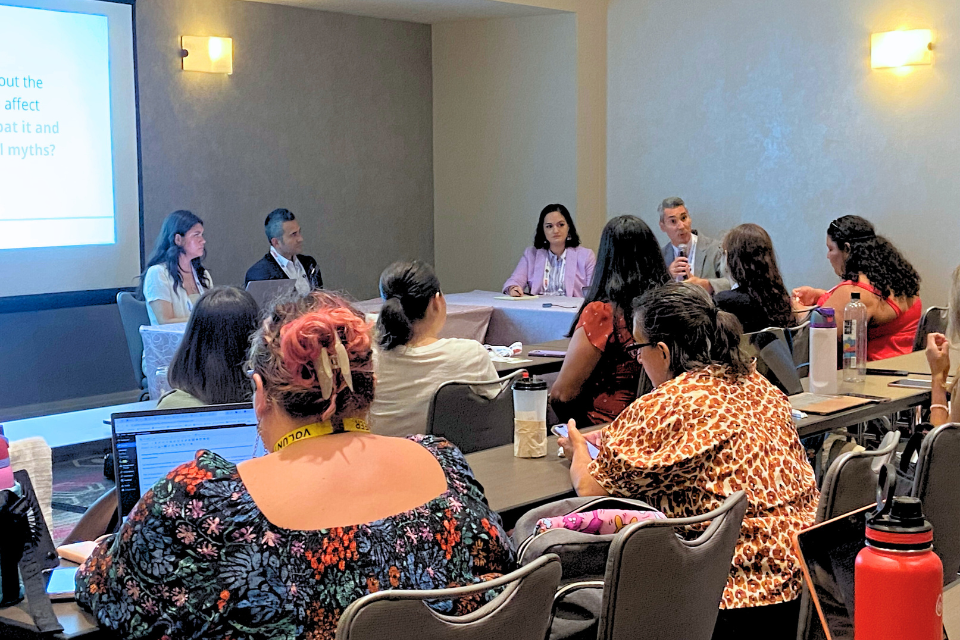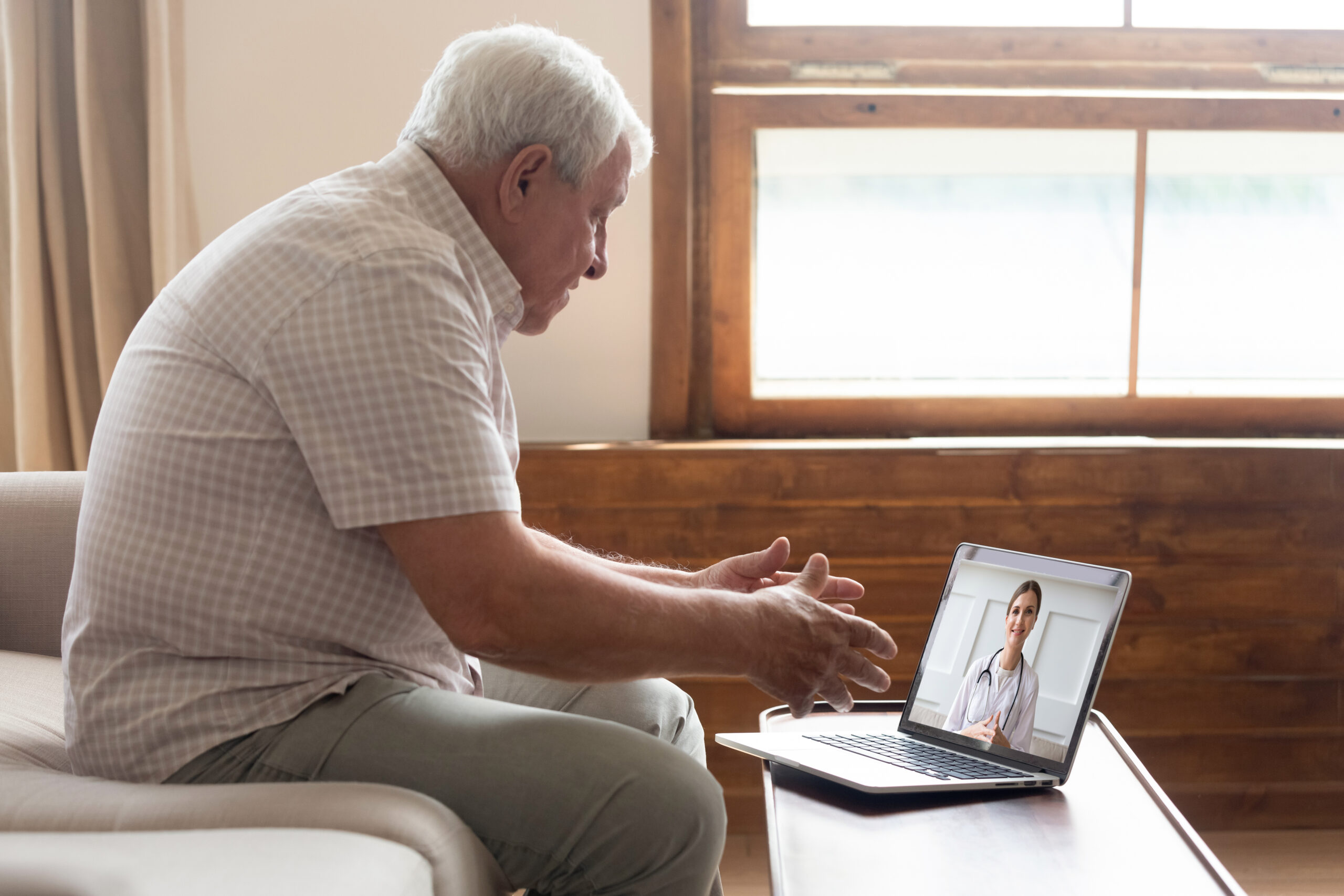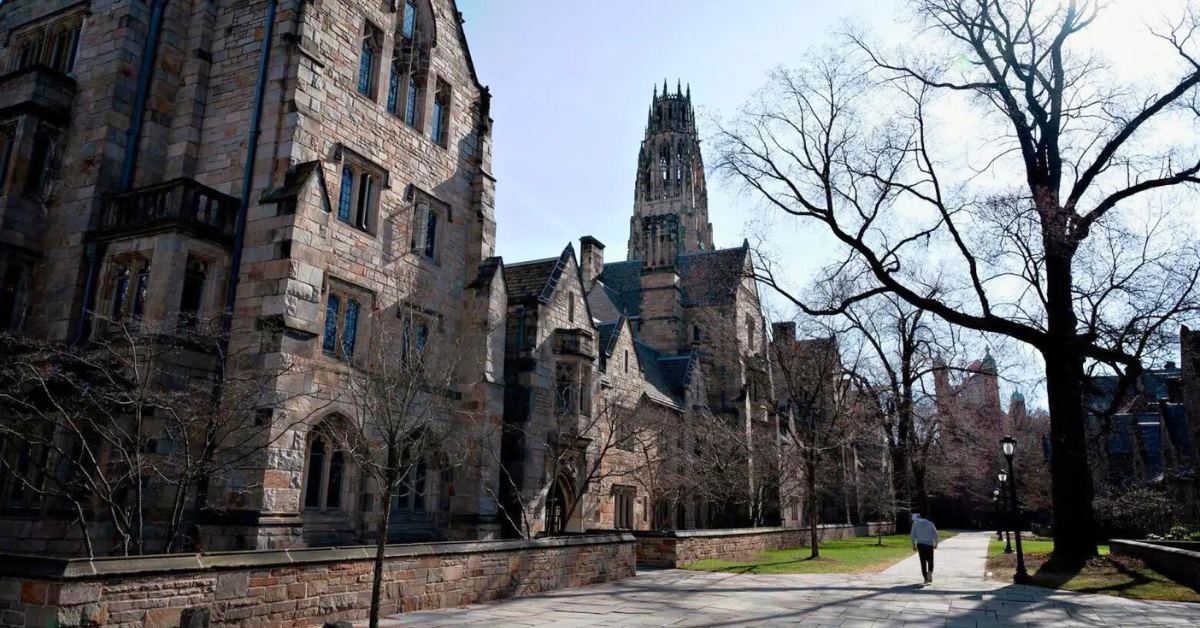By Ana Arellano
CTLatinoNews.com
Dr. Nancy Horn, a New Haven psychologist, once treated a young Latino man at the V.A. Hospital for substance abuse. As part of the treatment, she called a family meeting. “Twenty-three family members showed up. My first challenge was to fit them in the room.” She adds, “It was the grandmother who had the most to say” about expectations for the young patient.
Horn, like other healthcare professionals, is coming to the realization that cultural sensitivity is becoming an integral part of a patient’s treatment. It’s a growing movement that is being shepherded by the nursing profession.
Lois Daniels, a member of the nursing faculty at Goodwin College in Hartford and a nurse-midwife at St. Raphael’s Hospital in New Haven, says that her approach to cultural sensitivity is “first to ask.” This way, she avoids taking any action that would conflict with cultural traditions. She ensures the family is allowed to celebrate the birth of a child, no matter how different their way of observing this milestone might be from her expectations.
“Latinos expect all family members and friends to stop by and visit. I can allow up to six visitors in a room at a time.” She notes how any more than this might affect the delicate immune system of the newborn.
For Daniels, “a Muslim father stepping outside the birthing room and letting out a loud whoop into the hallway to mark the birth of his child is not a problem” she says. She describes how “another took his shoes off and rolled up his pants and did a dance in honor of the new child.”
According to the National Institute of Health, “Nurses are the cornerstone of the nation’s health care industry—they not only offer care and comfort, but also serve as role models for good health care.” That belief and Daniels’ philosophy fit in well with the description of cultural competence in NurseTogether, an organization that advocates learning and empowerment for nurses:
- Ask patients how they wish to be addressed.
- Never make assumptions about individuals or their beliefs.
- Ask questions about cultural practices in a thoughtful manner.
- Find out what the client knows about health problems and treatments.
- Show respect for the client’s support group, whether it is composed of family, friends, religious leaders, etc.
- Understand how men and women fit in the client’s society. In some cultures, the oldest male is the decision-maker for the family, even for treatment decisions.
- This may take time; however all will benefit if this is accomplished.
Daniels (who as a midwife is present throughout the birth) mentions, however, that many of the other nurses she sees “Are just in and out. They don’t even have the time to talk to the patient, much less find out about cultural needs,” she says, noting how there is a shortage of nurses.
The need for patient time is also a concern of Judy Smolinski, a Puerto Rican chaplain at Stamford Hospital. “I was originally an R.N., and became frustrated because the paperwork I had to do kept me from spending the time I wanted to with a patient,” says Smolinski. Eventually, she became a chaplain, where “I also received comprehensive training in intercultural and interfaith sensitivity,” she says.
According to Dr. Lois Sadler, Yale School of Nursing (YSN) Professor and Assistant Dean of Academic Affairs, “All nursing schools must interweave teaching about diversity in all classes at all levels, or they risk losing their accreditation.” For Sadler, this means “sensitivity to racial and ethnic diversity, and a plethora of differences” found in patients and families.
The course taught by Sadler, “Individual and Family Development across the Life Span,” reviews the “sociocultural, ethnic, gender, genetic, environmental, and political factors that influence individual and family development,” according to the YSN Bulletin. The view that cultural sensitivity is part of a larger picture of social differences is supported by the American Nursing Association’s “Social Policy Statement” that affirms the profession’s advocacy for families, communities, and populations, saying that, “human experience is contextually and culturally defined.”
Photo (c) Flickr



